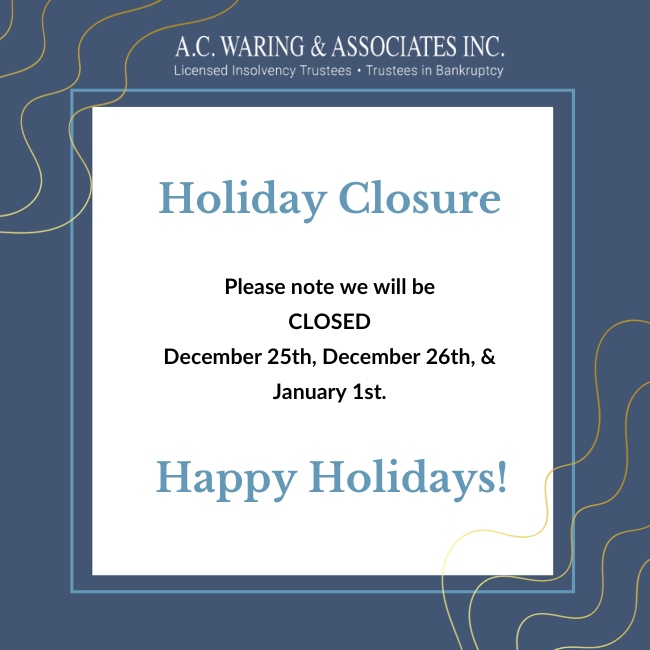Student loans have steadily risen across most of the country, even as the middle class has been steady for the past two decades. For the current school year, average university tuition costs in Canada are almost $6,200 for undergrads and just over $6,400 for graduates. Alberta has just begun to follow Newfoundland and Labrador’s lead of 12 years ago by freezing tuition fees to help students better afford their education.
Funding High Tuition Costs
In order to access a postsecondary education, about 425,000 students in Canada have borrowed about $16 billion from the Canada Student Loan Program, but this accounts for only 60 percent of all student loans. Many students get loans from banks through student lines of credit and credit cards, at a frequency that has more than doubled in the five-year period between 2005 and 2010.
High tuition costs coupled with requisite loans has resulted in greater debt than previous students ever incurred. The Canadian Federation of Students pegs the typical student debt at $27,000, which takes 10 years on average to pay back in full. With a greater debt load, more graduates are responding by living with parents again; in 2011, this rate was double of that in 1981.
Government Student Loans
The federal government’s Canada Student Loan Program (CSLP) and the provinces that may fund their own programs or run in parallel with the CSLP will fund eligible full-time students for a period. The loans are interest-free during full-time studies for a limited duration. Once a student leaves school, a six-month grace period (except in Quebec) starts. Thereafter, loan payments with interest are required, whether the individual has found a job or not.
Debt repayment is understandably challenging for many individuals, which depends on the income borrowers can earn and based on the job opportunities they obtain. Finding a great job within one’s chosen field, particularly so soon after graduating, can be difficult, especially in a tough job market where competition can include more experienced job seekers who were recently laid off. Apparently, two years after graduating, students, on average, are earning about 14 percent less in 2012 than their counterparts who graduated in 2005. Students who left their program of study without graduating could have even more difficulty in finding a good job by potentially having fewer qualifications to offer an employer.
Repayment Assistance Plans
Repayment assistance plans (RAP) are available across Canada, both federally and provincially (except for Quebec). In a RAP, you can revise your government student loan payment based on your family income and size. Students can negotiate making payments only once their income increases and can negotiate receiving interest relief up to 15 years, after which, relief of the entire debt may be possible.
Students must be out of school at least seven years before a consumer proposal or bankruptcy can discharge a student loan debt altogether.
Call A.C. Waring & Associates in Edmonton for Available Debt Solutions
A Licensed Insolvency Trustee in our Edmonton office can help to review your options before you decide on your next steps. A Licensed Insolvency Trustee at A.C. Waring & Associates Inc. can advise you. Call us at 780-424-9944 or 1-800-463-3328.




